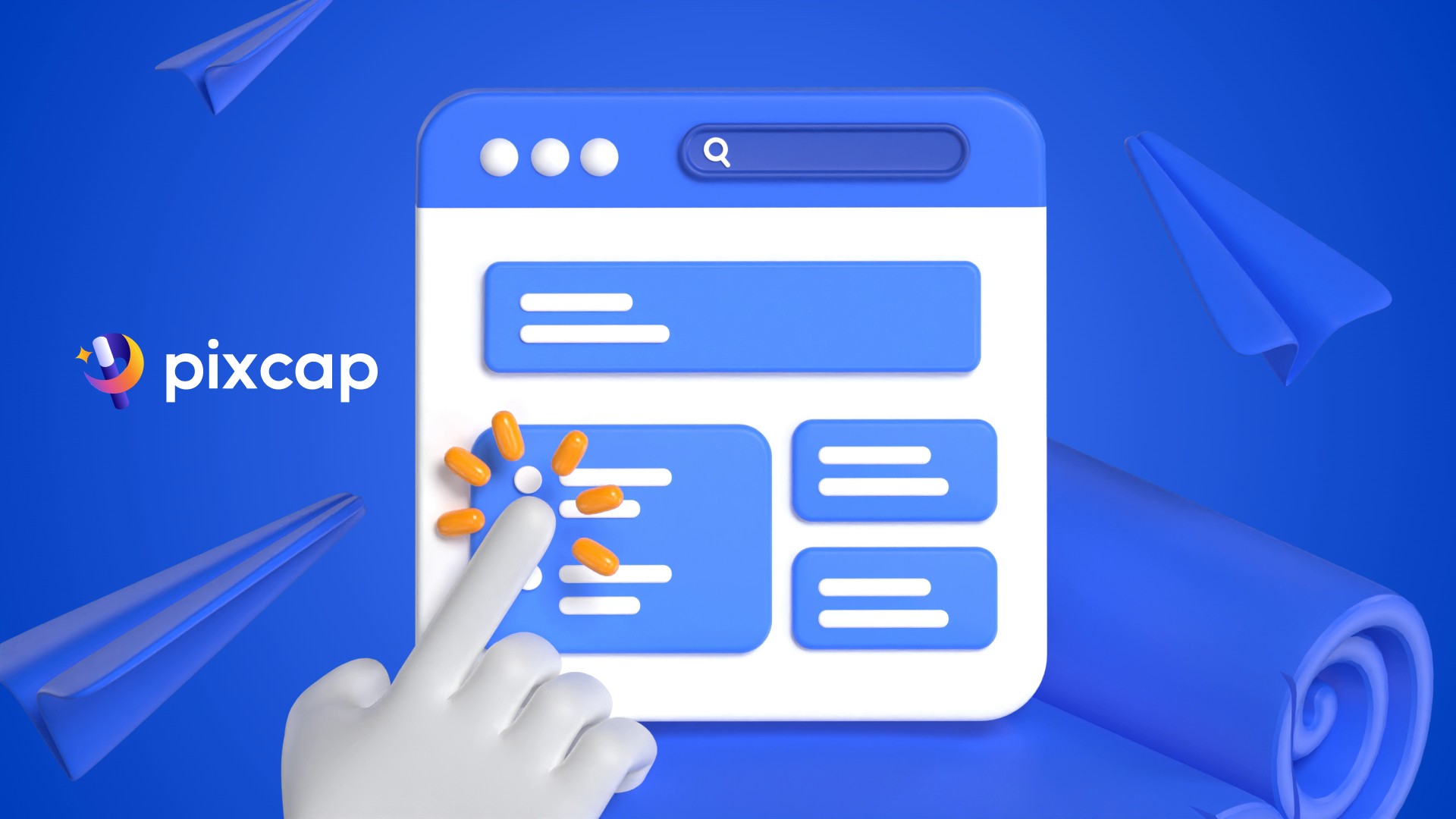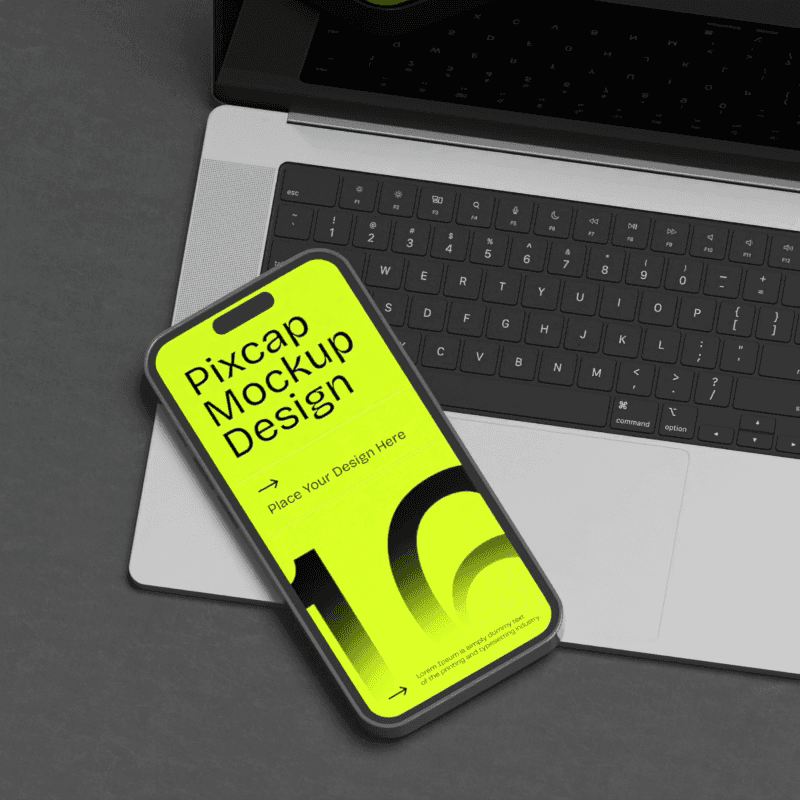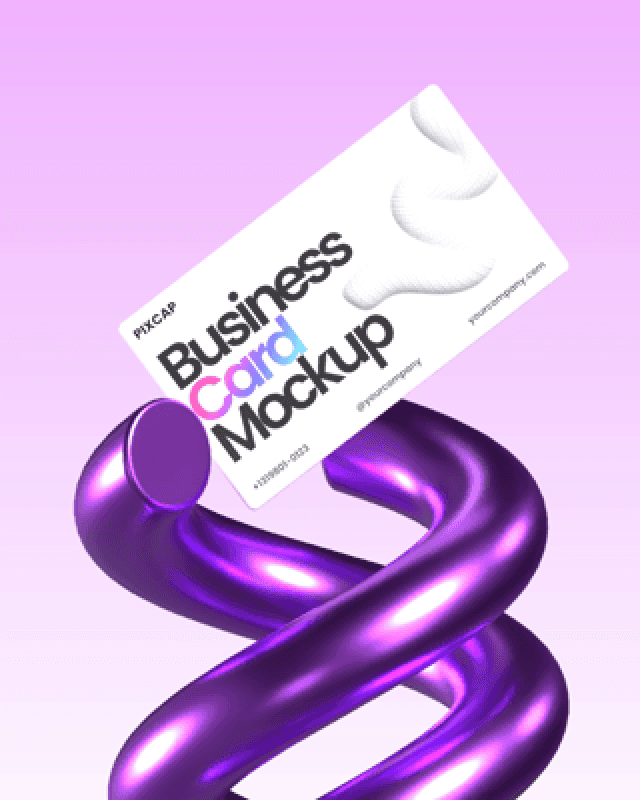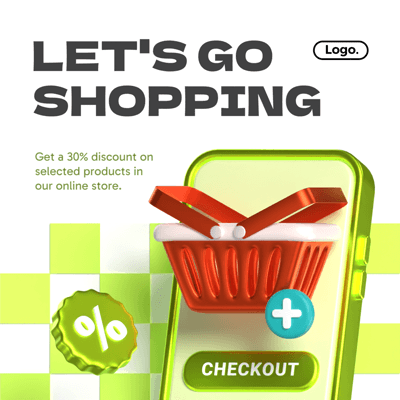User experience (UX) design is a crucial component of product development. It focuses on creating products that are not only visually appealing, but also intuitive and easy to use. A great UX design can make the difference between a successful product and one that fails in the market.
In this guide, we will provide a step-by-step overview of the UX design process, along with best practices and tips to help you create successful products. Whether you are a beginner or an experienced UX designer, this guide will provide valuable insights to enhance your skills and bring your product design to the next level.
The Importance of UX Design
UX design is at the heart of creating products that are not just functional but also delightful to use. At its core, UX design focuses on the user journeys entire process of acquiring and integrating a product, including aspects of branding, design, usability, and function. It's about understanding the needs and behaviors of users, creating a seamless interaction between the user and the product, and ensuring that users find value in what you're providing.
A product with good UX design often sees increased customer satisfaction, which can lead to higher retention rates and word-of-mouth referrals. On the other hand, poor UX can drive users away from a product quickly. Incorporating UX from the outset can reduce costs down the line, as it helps identify potential issues early on, which might be costlier to solve after the product's development.
Ultimately, the importance of UX design lies in its ability to create a win-win situation where users achieve their goals effortlessly, and businesses thrive through improved customer engagement and loyalty.
Browse and download 10,000+ design assets for UX/UI design, web/app development in this page.

How Does a UX Design Process Look Like?
The UX Design Process involves understanding the user's needs, defining the problem, ideating solutions, creating prototypes, and rigorously testing and refining the product to ensure that not only a product design is good but also provides a seamless and intuitive user experience.
This structured approach helps design teams to stay user-centric, focusing on solving real problems for real people. It enables designers to iterate their work based on actual user feedback, leading to more effective and efficient design outcomes. By applying the UX design process, designers are able to translate user needs and business goals into unique digital experiences. This process is not linear but rather a cycle of continuous improvement, ensuring that the end product is both usable and enjoyable for the target audience. As such, the UX design process is critical for creating digital products that engage and retain users over time.
UX Design Process Step-by-Step Guide
Step 1: Understand Your Audience
The first and perhaps most critical step in the UX design process is to gain a deep understanding of your audience. This involves identifying who the end-users are, what their needs and goals are, and the context in which they will use your product. Conducting user research is key at this stage, as it reveals insights into the potential users' behaviors, pain points, and motivations.
UX design user research methods can include surveys, interviews conduct user research, observation, and persona development. Creating user personas helps in visualizing the ideal user's profile and serves as a reference throughout the design process. Understanding your audience ensures that the design decisions made later in the process are informed and targeted, rather than based on assumptions. This step sets the foundation for creating a UX that resonates with your target users, ultimately leading to a product that fits seamlessly into their lives and meets their expectations.
Step 2: Research and Ideate
After understanding the audience, the next step is to delve into research and ideation. This research phase is about gathering as much information as possible to inform the design strategy. It often involves competitive analysis, market trends evaluation, and exploring existing solutions. The goal is to identify opportunities for innovation and areas where user needs are not being fully met by current products.
With research findings in hand, the ideation process begins. This typical UX design process is a collaborative and creative stage where no idea is too far-fetched. Team members brainstorm and sketch out concepts, using techniques like mind mapping or storyboarding to explore different possibilities. It's important to stay user-focused during design phase of ideation, considering how each idea might meet the user's needs identified in the previous step. The outcome of this phase is a set of potential solutions that are ready to be prototyped and tested against user expectations and requirements.
Step 3: Prototyping and Testing
Once ideas are in place, it's time to bring them to life with prototyping. This step involves creating a simplified version of the product that enables you to test design concepts and functionalities. Prototypes can range from low-fidelity, such as paper sketches, to high-fidelity, which are interactive and closer to the final product.
Testing these prototypes with real users is crucial. It provides immediate feedback on usability tests about what works and what doesn’t, allowing designers to understand the user's experience firsthand. Usability testing sessions can reveal valuable insights into the user's journey, such as which areas of visual design are causing confusion or frustration. This iterative process of prototyping and testing helps to refine concepts and ensure that the final design will meet user expectations. It's a cycle of learning and improving, where each iteration gets you closer to a product that offers a truly valuable and intuitive user experience.
Step 4: Iteration and Refinement
The cycle of iteration and refinement is what makes the UX design process truly effective. After testing, the design team then collects and analyzes user feedback to identify areas for improvement. This step isn’t just about fixing errors; it’s about refining the solution to better meet user needs and enhance their experience.
The designers revisit their work, with user testing and making necessary adjustments and optimizations. This could involve reworking the user interface, simplifying navigation flows, or even rethinking entire features. The key is to be responsive to user feedback while balancing it with the project’s goals and constraints.
Iterations may occur multiple times in depth user research, each one bringing the product closer to its optimal form. It’s a meticulous process, but necessary for creating a seamless and user-friendly digital product indeed. By committing to iteration and refinement, teams can ensure their product is not only functional and aesthetically pleasing but also truly resonant with the user base.
Applying UX Design in Different Fields
The Role of UX Design in SMEs
For small to medium-sized enterprises (SMEs), UX design is a powerful tool that can differentiate them in a competitive market. By focusing on the user experience, SMEs can create products, services, and websites that not only meet the functional needs of their customers but also deliver on ease of use and enjoyment.
Good UX design can help SMEs build trust and loyalty with their customers. It shows that the company values the customer’s time and desires to provide a pleasant interaction. For SMEs with limited resources, investing in UX design can be particularly cost-effective, as it helps to ensure that the product is done right the first time, reducing the need for costly redesigns or fixes after launch.
Additionally, a strong UX can lead to increased conversions, as users are more likely to engage with a website or app that provides a straightforward and enjoyable experience. In essence, UX design can be a game-changer for SMEs looking to grow their business and establish a solid presence in their industry.
UX Design in Advertising and Marketing
In the realm of advertising and marketing, UX design plays a pivotal role in crafting campaigns that are not only visually appealing but also highly engaging and effective. A user-centric approach in advertising ensures that the content resonates with the target audience, leading to better campaign performance and higher conversion rates.
Marketers and advertisers who leverage UX design principles can create more personalized and interactive ad experiences. This could mean designing intuitive landing pages that facilitate a smooth user journey or creating interactive ads that captivate users rather than disrupt their experience.
By focusing on the user's needs and preferences, advertising campaigns can become more relevant and compelling. This relevance is key to capturing attention in a landscape saturated with content. Good UX design in advertising can mean the difference between a potential customer engaging with the brand or scrolling past without a second glance.
Utilizing UX Design in Education and Training
Within education and training, UX design is essential for developing learning platforms and materials that are accessible, engaging, and effective. A well-designed experience can significantly enhance the learning process by making information easy to navigate and understand.
Educators and trainers can use UX design to create interactive and intuitive educational websites, apps, and software. This ensures that students of all ages and abilities can use these tools effectively, which is crucial for maintaining their interest and facilitating their learning. For example, a well-structured e-learning course with clear instructions and feedback can help students progress through the material more naturally and retain information better.
Incorporating UX principles also helps in designing assessments and learning activities that are not only instructive but also enjoyable. This approach can lead to improved outcomes, as students are more likely to be motivated and invested in their learning when they have a positive user experience.
Enhancing Your Workflow with the UX Design Process
Streamlining Processes through UX Design
Integrating UX design into your workflow can significantly streamline both the design and development processes. By understanding the user's needs from the outset, teams can prioritize features and make informed decisions that prevent costly reworks and ensure a smoother project trajectory.
A user-centric approach encourages cross-functional collaboration, where designers, developers, and stakeholders work together towards a common goal: satisfying the user. This alignment not only speeds up the development cycle but also fosters innovation as different perspectives converge to design solutions that solve user problems.
Moreover, UX design can lead to the creation of design systems and reusable components, which further speeds up the design process and maintains consistency across different projects. This efficiency is not just about saving time; it's about making sure that every part of the process adds value and contributes to an end product that users will love and keep coming back to.
Better Decision-making with UX Design
Incorporating UX design into your workflow empowers better decision-making at every stage of product development. With a strong focus on the user's needs and preferences, teams can make choices that are data-driven rather than based on speculation or personal preference.
User research and testing provide concrete insights into what users want and how they interact with your product. This information is invaluable for making decisions about design direction, feature prioritization, and even business strategy. It helps in identifying the most critical areas for improvement and opportunities to innovate, ensuring that resources are allocated effectively.
Furthermore, UX design encourages an iterative approach to development, where decisions are continuously evaluated in light of user feedback. This not only improves the product but also fosters a culture of learning and adaptability within the entire development team itself. Decision-making becomes a process of refinement, with each step informed by actual user experiences.
Achieving Customer Satisfaction with UX Design
Achieving high customer satisfaction is a primary goal for any business, and UX design is a key factor in reaching this goal. By placing the user at the center of the design process, companies can create products that are not only functional but also enjoyable to use. This leads to a positive experience that can increase customer loyalty and promote positive word-of-mouth.
A product that is easy to use and meets users' needs is more likely to satisfy customers. UX design helps in understanding these needs and creating an experience that is tailored to them. This includes designing intuitive user interfaces, reducing friction points, and ensuring accessibility for all users.
When customers have a positive interaction with a product, they are more likely to continue using it and recommend it to others. Therefore, investing in UX design can have a direct impact on customer satisfaction and, as a result, the overall success of a product in the market.
Conclusion: The Impact of a Solid UX Design Process
The Long-term Benefits of UX Design
The long-term benefits of a solid UX design process are extensive and impactful. When UX design is done right, it can lead to increased user engagement, higher conversion rates, and stronger customer loyalty. Over time, these outcomes contribute to sustained business growth and a robust brand reputation.
Investing in UX design also leads to cost savings by identifying potential issues early in the design process, which reduces the need for expensive fixes after product launch. Additionally, a focus on UX can enhance product scalability and flexibility, making it easier to adapt to changing market demands or user needs.
Moreover, companies that prioritize UX design are often seen as industry leaders because they deliver products that not only meet but exceed user expectations. This perception can attract top talent, encourage innovation, and position the company as a forward-thinking, user-centric organization. Overall, the integration of UX design into product development is not just a short-term strategy but a long-term investment with compounding benefits.
Future Directions in UX Design
As technology continues to advance, the future of UX design looks to be both exciting and transformative. Emerging technologies such as artificial intelligence (AI), virtual reality (VR), and the Internet of Things (IoT) are opening new frontiers for user experience. UX designers will need to adapt their methodologies to fit these new mediums, which offer richer and more immersive experiences.
Personalization will likely play a significant role in future UX design. As systems become smarter and more capable of learning about user behavior and preferences, UX will become increasingly tailored to individual needs and behaviors. This customization will enhance user satisfaction and engagement.
Accessibility will also remain a key focus, as the importance of creating inclusive experiences that cater to all users, regardless of ability, becomes more recognized. As UX design evolves, it will continue to push the boundaries of how we interact with technology, making our digital lives more intuitive, enjoyable, and inclusive.














